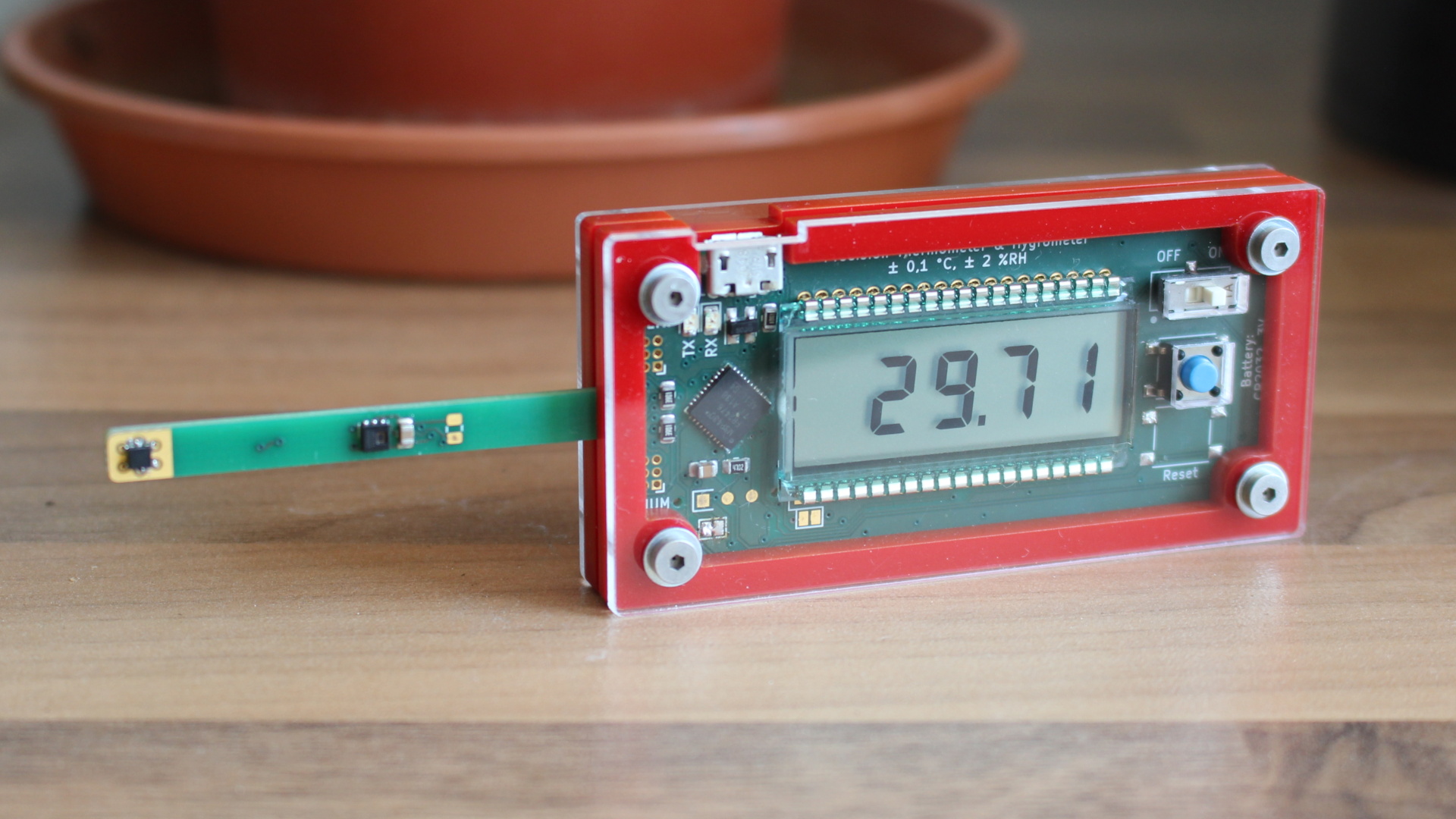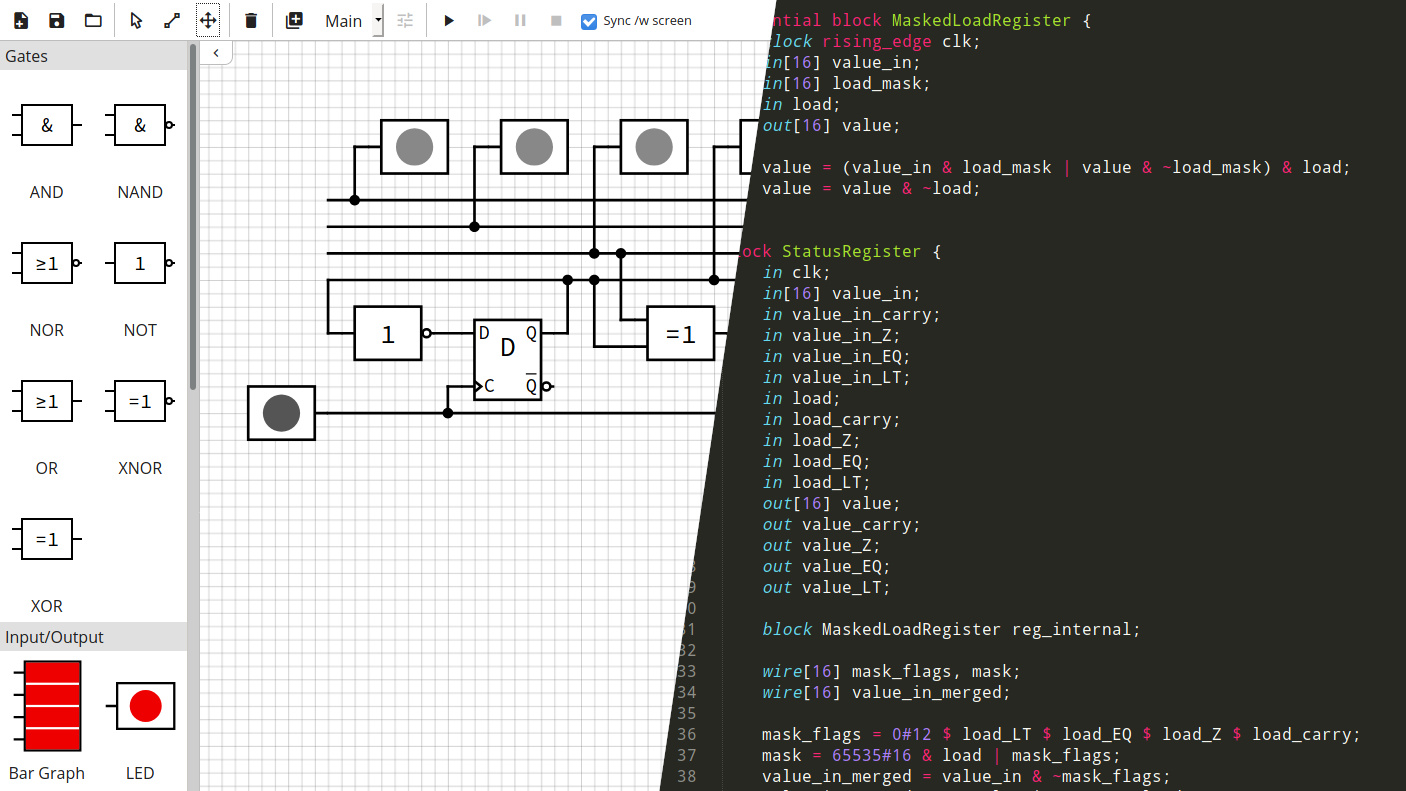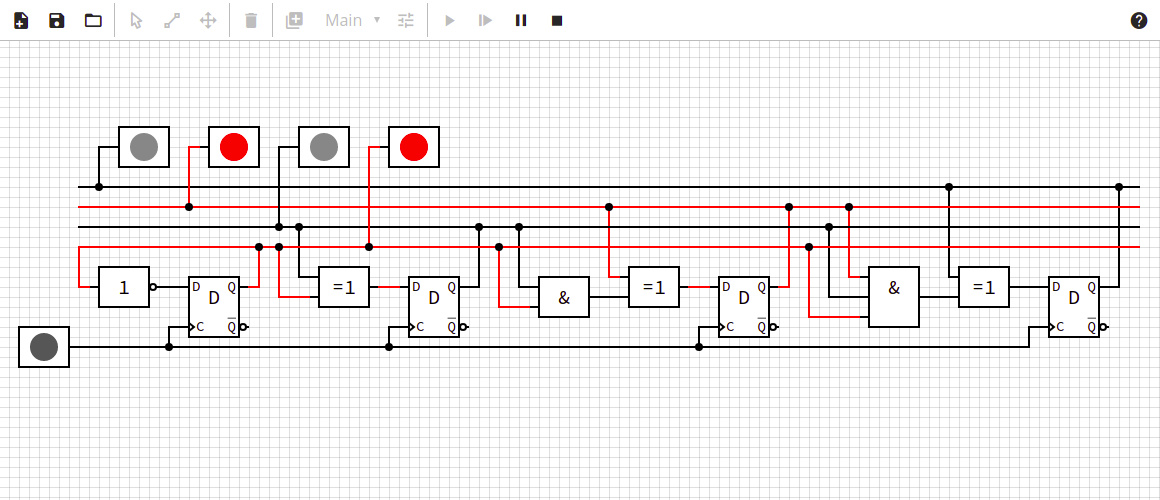The idea for this combined thermometer and hygrometer came from the desire for a way to determine the best way to cool my shared attic flat in the summer. It should be able to measure temperatures down to a minimum precision of 0.1 °C and react quickly to changes in the ambient temperature. I wanted it to be small and portable, with a battery life long enough so that I didn’t have to worry about replacing the battery too often even with regular use. In addition, a simple data logging functionality would be nice.
[Read More]Precision Thermometer
A precise battery-powered thermometer + hygrometer





